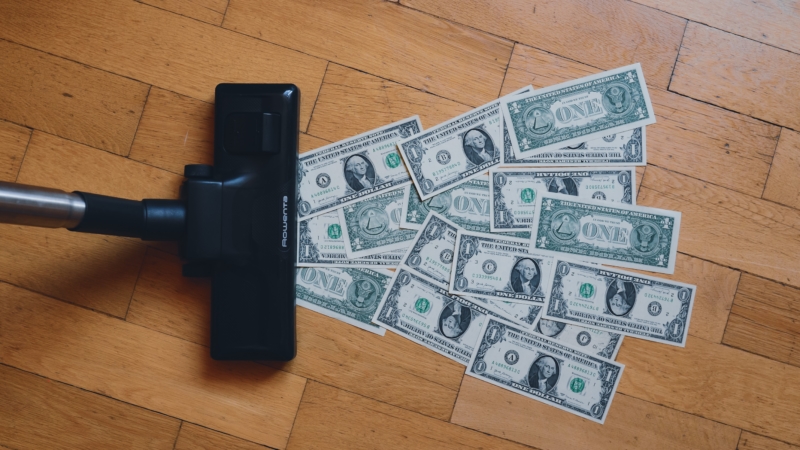Economics professor: Interest rates likely will continue to rise into 2023, lead to job losses
(The Center Square) – While high rates of inflation have hit the entire nation hard, some regions have experienced it more intensely.
WalletHub reported Thursday that the Minneapolis-St. Paul-Bloomington, MN-WI, metropolitan statistical area has experienced the 16th highest rise in inflation, based on two Consumer Price Index metrics: latest month versus two months prior and latest month versus one year ago. The metrics received equal weight in the report.
The region experienced a .40% increase in the latest month over two months ago and a 7.40% increase compared with a year ago, the report said.
WalletHub reported inflation is rising the most in the Phoenix-Mesa-Scottsdale region of Arizona, which experienced a 1.40% increase in the latest month compared with two months prior and a 12.10% increase in the latest month compared with a year ago.
University of St. Thomas economics professor Tyler Schipper said in the report that he believes the main factors driving inflation are external shocks, like the war in Ukraine and continued production snags in China; lingering pandemic supply chain struggles and rising input costs; and hysteresis.
In economics, hysteresis is the phenomenon of an event in the economy persisting even if the event’s causes have ended, according to Investopedia.
“Even if inflation was initially caused by the Federal Government’s pandemic stimulus or the Fed’s monetary policy, those policies have long since ceased stoking inflation,” Schipper said. “But inflation can persist as individuals feel inflation, then they ask for higher wages which firms in turn pass on to consumers through higher prices. Once inflation starts, it can take a while to slow down.”
Schipper said that since the price increases are widespread, changes in monetary policy must help bring inflation under control. Raising interest rates is probably the only method that has enough impact to bring down inflation, and it won’t be painless, he said.
“The Fed will have to raise interest rates and convince people that they are absolutely committed to lowering inflation back down to their 2% target,” he said. “The Fed can do relatively little about external shocks like gasoline and grain prices though. Thankfully the former has been cooling since June, providing a little bit of relief to households, and there have been some breakthroughs with grain exports from Ukraine.”
Controlling inflation by raising interest rates will slow the economy, and it will likely lead to job losses, he said.
“The goal is a ‘soft landing’ to use interest rates just enough to bring down inflation without putting the economy into a deep recession,” he said. “Time will tell if this is possible.”
Schipper said he hopes the current, past-year CPI inflation rate of 8.3% in August, and the past few months’ inflation rates indicate price increases will gradually cool. But, with continued high inflation, the Fed will likely raise interest rates another 1% by 2023 and continue rising in 2023, hurting households even if the economy progressively improves.
“Households with debt, particularly credit card debt, are going to see a continued squeezing of their budgets,” he said.




